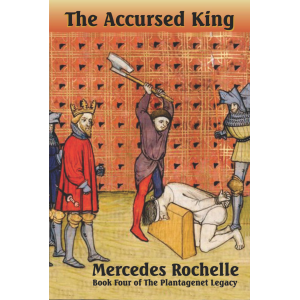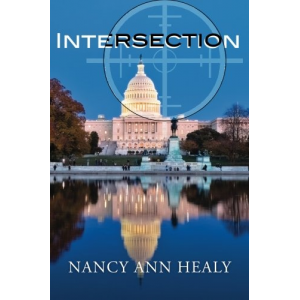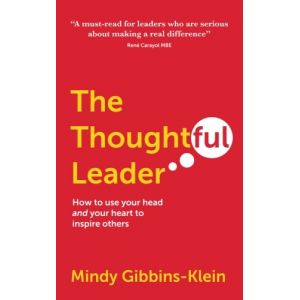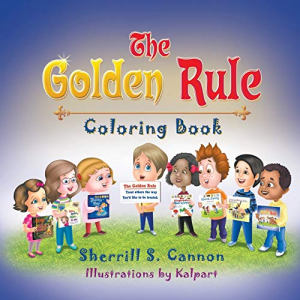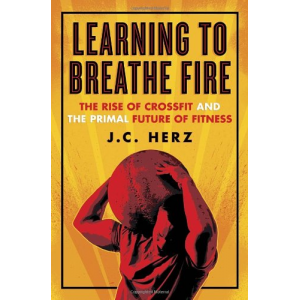Amazon Review
🔗 http://www.amazon.com/review/R2KCCJ0L7S0UFZ/ref=cm_cr_rdp_perm?tag=freado0c-20- Author
- Book
- Story behind the book
- Media Links
- Reviews

Laurel-Rain Snow
About
A retired social worker, specializing in child welfare cases, I have now turned to writing—and have published five novels, all available on Amazon.com.
I have four grown children and seven grandchildren.
An avid reader, I also enjoy collecting, traveling and going to the movies.
Favorite authors include: Jodi Picoult, Joy Fielding, Sue Miller, Lisa Unger, Joyce Maynard, etc. There are too many to list.
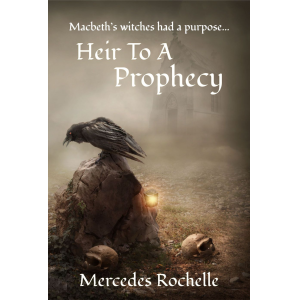
Heir to a Prophecy
Description
<p><span><span>Shakespeare's Witches tell Banquo, "Thou Shalt 'Get Kings Though Thou Be None". Though Banquo is murdered, his son Fleance gets away. What happened to Fleance? What Kings? As Shakespeare's audience apparently knew, Banquo was the ancestor of the royal Stewart line. But the road to kingship had a most inauspicious beginning, and we follow Fleance into exile and death, bestowing the Witches' prophecy on his illegitimate son Walter. Born in Wales and raised in disgrace, Walter's efforts to understand Banquo's murder and honor his lineage take him on a long and treacherous journey through England and France before facing his destiny in Scotland.</span></span></p>
Story Behind The Book
Media Links
Reviews
<font size="1" face="Times-Roman"><font size="1" face="Times-Roman"></font></font> <p align="left">The burden of child abuse follows Meg Graham from her strict fundamentalist upbringing to the Summer of Love.</p> <p align="left">From the time she is ten years old, Meg is determined to escape her father’s controlling grasp, get an education and marry the man of her choice. As a young woman she reaches her goals, but happiness eludes her.</p> <p align="left">Miserable in her marriage, she takes her toddler son and leaves her controlling husband, builds a satisfying career as a social worker, finds emotional support among new women friends and explores the sexual mores of San Francisco in the ’60s. She rejects the conservative values of her childhood through alcohol, pot and (mostly) fleeting relationships with men. She also changes her name to Lainey. The novel’s multiple subplots reflect the messiness of real life but divert focus from Meg/Lainey as the central character. Two subplots in particular—the machinations of sociopathic Gretchen, who orchestrated a rape to blackmail Lainey, and the complex relationship between the artist Rainbow and Natasha, a social worker who years before caused Rainbow to lose custody of her child—could form the core of the story or a separate novel. The question of whether Meg/Lainey was sexually abused as a child hovers over early chapters, but as the story progresses, it is eclipsed by the novel’s other complexities. Only when Lainey begins hypnotherapy do repressed memories of abuse come to the fore, as does her awareness that she is abusing alcohol to bury her feelings about the past. A retired social worker, Snow does an excellent job of capturing the spirit of the ’60s in clothes, interiors, dialogue and attitudes, but the steady onslaught of new characters and subplots diminishes Meg/Lainey as a character. The relationship between Natasha and Rainbow is the strongest part of the book. As they go through the process of betrayal and forgiveness, they emerge as richer characters than Lainey, who, despite her journey of selfrealization, still comes across as a lost soul.</p> <p align="left">A rambling voyage of discovery through the ’60s.</p><strong><font size="3" face="Times-Bold"><font size="3" face="Times-Bold"></font></font></strong> <p align="left">Snow, Laurel-Rain</p><font size="3" face="Times-Roman"><font size="3" face="Times-Roman"></font></font> <p align="left">WEB OF TYRANNY</p> <p align="left">BookSurge (608 pp.)</p> <p align="left">$23.99 paperback</p> <p align="left">September 3, 2008</p> <p align="left">ISBN: 978-1-4196-5686-6</p><font size="2" face="Times-Roman"><font size="2" face="Times-Roman"></font></font> <p align="left">Kirkus Discoveries, Nielsen Business Media, 770 Broadway, New York, NY 10003</p> <p align="left">discoveries@kirkusreviews.com</p>
